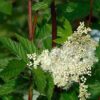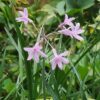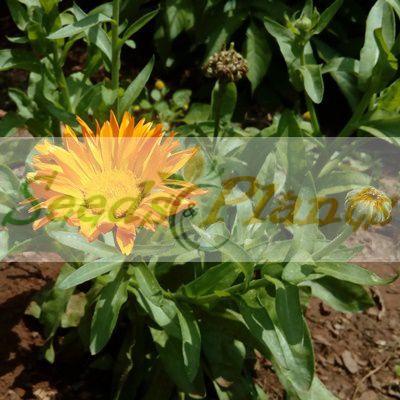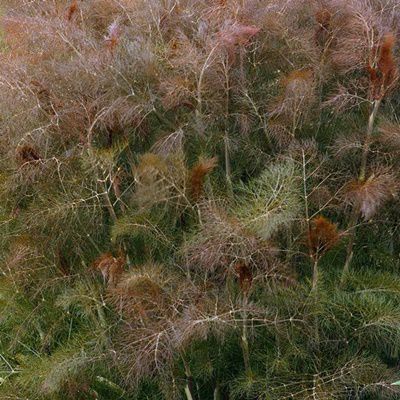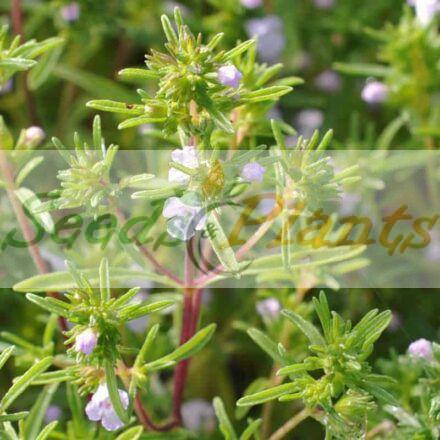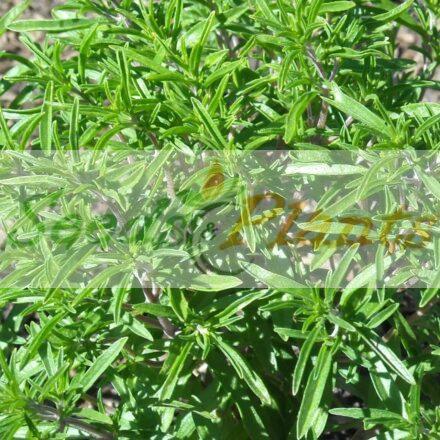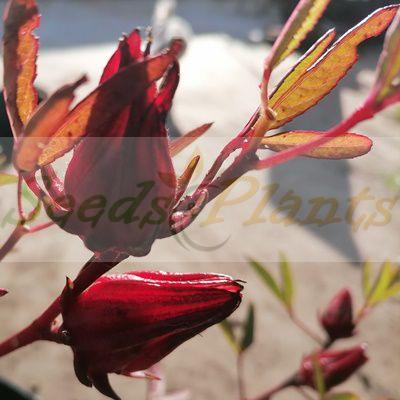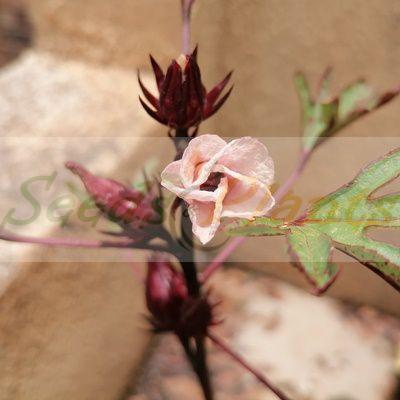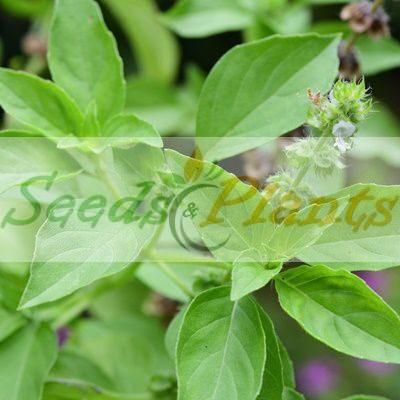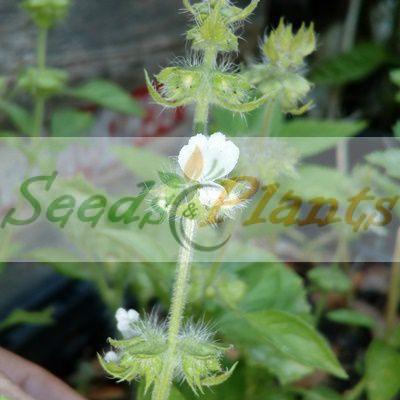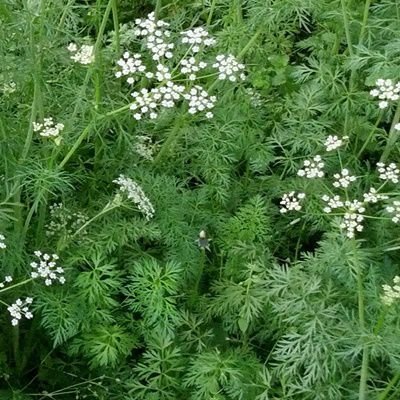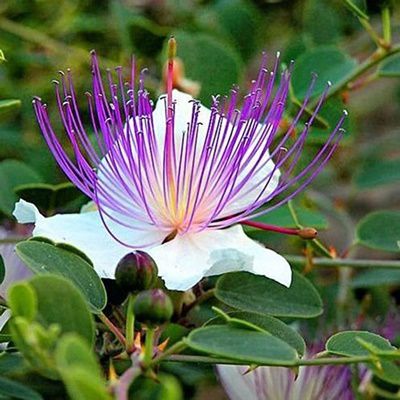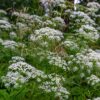🍃 Culinary Quick Facts
Culinary Info
- 🌍 Origin / Region: Mediterranean
- 🍽️ Culinary Use: Baking, Beverages/Teas, Flavoring, Garnish, Sauces, Soups and Stews, Spice Blends
- 😋 Flavor Profile: Licorice-like, Sweet
Growth Traits
- 🌱 Life Cycle: Annual
- 🦋 Pollinator Method: Attracts Bees, Attracts Butterflies
- 🪴 Growth Habit: Bushy, Tall Growing
- 🌸 Flower Color: White
Growing Requirements
- 🌞 Sun Exposure: Full Sun
- 💧 Water Needs: Avoid Overwatering, Regular Water
- ☀️ Growing Conditions: Frost Sensitive, Warm Temperatures
- 🟤 Soil Preference: Fertile, Loam, Sandy, Well-Drained
Anise – 200 Seeds
(Pimpinella anisum)
R30.00
It has a distinct, licorice-like taste and is often used to add flavor to desserts and drinks.
Common Name: Aniseed.
Indoor Sowing: Not Recommended.
Direct Sowing: Spring.
Only 2 left in stock
🍃 Culinary Quick Facts
Culinary Info
- 🌍 Origin / Region: Mediterranean
- 🍽️ Culinary Use: Baking, Beverages/Teas, Flavoring, Garnish, Sauces, Soups and Stews, Spice Blends
- 😋 Flavor Profile: Licorice-like, Sweet
Growth Traits
- 🌱 Life Cycle: Annual
- 🦋 Pollinator Method: Attracts Bees, Attracts Butterflies
- 🪴 Growth Habit: Bushy, Tall Growing
- 🌸 Flower Color: White
Growing Requirements
- 🌞 Sun Exposure: Full Sun
- 💧 Water Needs: Avoid Overwatering, Regular Water
- ☀️ Growing Conditions: Frost Sensitive, Warm Temperatures
- 🟤 Soil Preference: Fertile, Loam, Sandy, Well-Drained
Anise Seeds. Anise plant (Pimpinella anisum) also called aniseed, is a Southern European and Mediterranean herb with a flavor reminiscent of licorice. The plant is attractive with lacy leaves and a profusion of white flowers and grows as a bushy ornamental herb. It can grow up to 1 meter tall.
Anise Medicinal Benefits
It’s also known for its powerful health-promoting properties and acts as a natural remedy for a wide variety of ailments. It is a digestive aid and to help respiratory illness.
Anise Culinary Uses
Anise (Pimpinella anisum) has a distinct, licorice-like taste and is often used to add flavor to desserts and drinks. Its numerous uses in food and beverage span a wide range of international cuisines. The seeds, once crushed, yield an aromatic oil that is used in soaps, perfume and potpourris. Dry the seeds for future use in cooking and store them in a glass container with a tightly sealed lid.
Growing Anise
Indoor Sowing: Not Recommended.
Direct Sowing: Spring.
- Anise plants grow best in light, fertile, well-drained soil.
- The seeds should be planted as soon as the ground warms up in spring.
- Soil should be at least 15 C for best germination.
- Because the plants have a taproot, they do not transplant well after being established, so direct sowing is advisable.
- Space the seeds in rows 2 to 3 feet apart.
- Place the seed on top of the soil and cover with a thin layer of soil.
- Water the plants after emergence twice a week until they are 20cm high and then gradually reduce irrigation.
- Apply a nitrogen fertilizer prior to flowering.
Can this plant be used for culinary purposes?
Anise is traditionally used for culinary purposes such as baking and beverages/teas.
Disclaimer
Medicinal Information:
All medicinal information on this website is for educational and informational purposes only and may not be construed as medical advice. The information is not intended to replace medical advice or treatment offered by healthcare professionals.
Seeds, Plants, Plant Cuttings, Geophytes and Dried Herbs:
In some countries and provinces, certain plants are deemed as invasive and are not allowed to be planted at all, whilst some plants are allowed to be grown only in certain areas or provinces. The onus is on you as the buyer to familiarize yourself with the regulations pertaining to your location, before purchasing any of our seeds, plants, plant cuttings, geophytes or dried herbs. We will not be held liable, should you purchase any seeds, plants, plant cuttings, geophytes or dried herbs. from us which are prohibited in your country or province.

